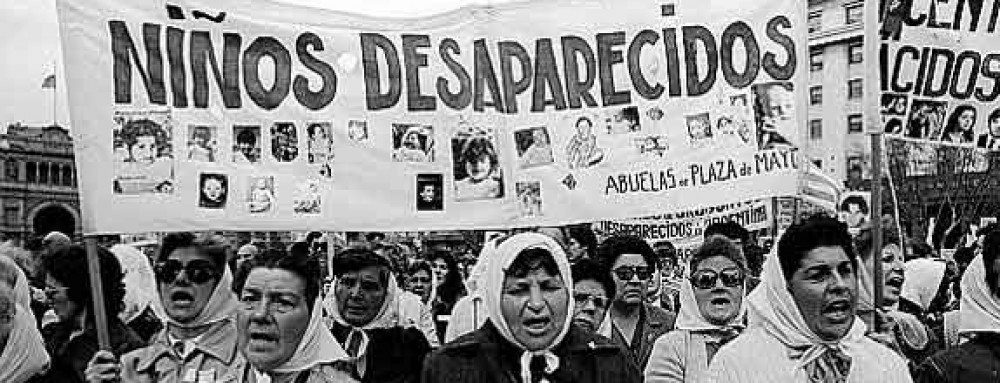Earlier this week we visited the D2 Detention Center near the Plaza de San Martin. It had formerly operated as a police station prior to the military dictatorship, and a detention center to illegally detain thousands during the dictatorship. The detention center has since been turned into a memorial site to preserve history, and remember those whose lives had been taken away from them by the military dictatorship; whether that be the lives of those who had been disappeared, or the children of the disappeared who have yet to be found. Fernando himself was one of the thousands of kidnapped individuals who had been illegally detained in D2, and was gracious enough to come along and recount his experiences.
Before we even entered the building, Fernando had us stand outside in order to take in our surroundings. We noticed that the center was just outside the plaza, adjacent to the main cathedral, and even visible from the bishop’s home; in other words, D2 was in a very central location in the city where anyone passing by would be able to identify the building. But despite this, we were told that many citizens denied even knowing what was going on in D2 despite it being common knowledge, in fear of speaking out against the military dictatorship.
Not ten steps inside the detention center stood a half-broken wall. We all tried to guess what this might have been, why it was built, and why it was broken down only halfway. After we all threw out our guesses, we were told that this wall was built towards the end of the dictatorship as more survivors began to step forward about their experiences in D2. The wall was built in an attempt to elude any allegations and discredit any survivor who tried to testify. But as more reports began to pour in about the horrible crimes in D2, the wall was broken down to reveal the detention center behind it.
Stepping inside D2 was an extremely somber experience. As Fernando led us through each room in D2, he explained what each room had been used for; one room where detainees were led in when they first arrived, another to hold and “soften them up”, and the bathrooms in the back specifically know as a place where women were commonly taken to be sexually exploited. But as we walked through D2 now, the rooms in which horrible acts of violence had occurred had been dedicated to those who endured the violence. Photos of los desaparecidos filled the walls of D2, and notes and letters from loved ones were left in their honor.
My favorite of these memorial rooms was one where a hundred or so light fixtures hung from the ceiling, but only some had bulbs lit in them and others were empty. The lightbulbs represented each child of los desaparecidos that had been found.
I watched Fernando confidently walk through the rooms of th
e very building he was detained in, and something about this made me very emotional. I saw moments of him in the D2 library holding banned books and teaching the next generation the history he lived through, and in that moment nothing rang truer than “memoria, verdad, y justica”.
I happened to take one picture by chance on our way out of D2, but it spoke volumes to me after taking a closer look. Fernando is walking out of the detention center, through the broken wall, past a police officer, and into the daylight.

I agree with your comments about Fernando. Taking us through these memoria sites helps to keep the memory alive. Listening to him tell his personal experiences makes us know that this is true, not just something somebody with a grudge has made up. And, your picture of Ferdinando walking out of the center shows that even though someone has had to endure such things, some can live through it and walk into freedom again.